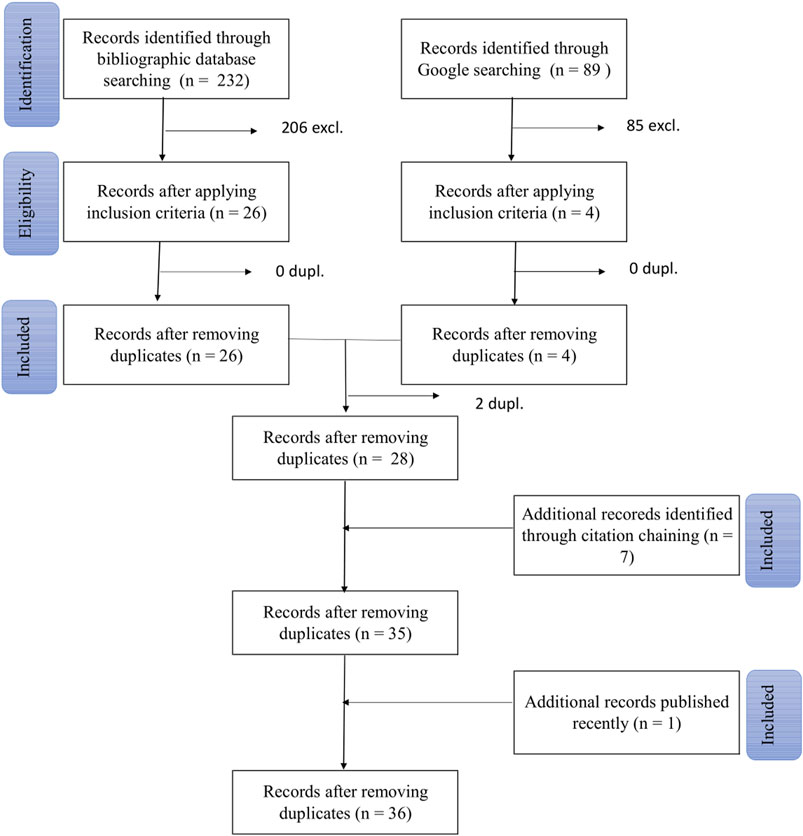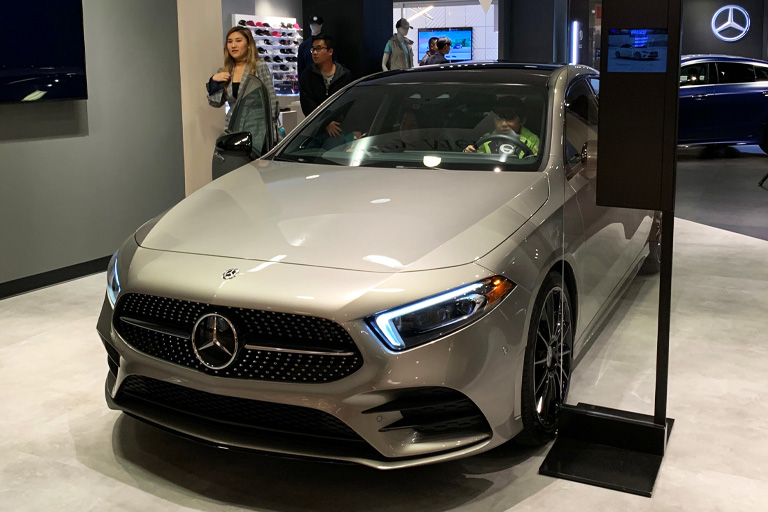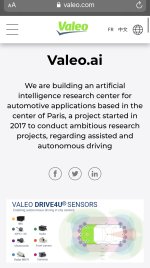Fact Finder
Top 20
Hi Rocket
These researchers are using software as they do not know about AKD1000 as the following extract makes clear:
“2.3. Spiking Neural Networks
This paper proposes to study a Spiking Neural Network Model to solve the SHM supervised anomaly detection problem directly on the sensor’s node MCU. The SNN model is a brain-inspired (so-called third-generation) type of neural network. They have a greater computational capacity as the single neuron is modelled with a much more complex dynamic than the neurons present in traditional Artificial Neural Networks (ANNs). This means that SNNs can solve the same tasks as ANNs with fewer neurons [8]. Moreover, their hardware implementation on neuromorphic architectures and accelerators can lead to greater energy efficiency in data management and computation [24–28]. In this work, we do not consider neuromorphic implementation because the objective is to work with low-cost commercial MCUs, for which SNN porting is not available.”
I will forward this paper to Brainchip so they can add them to the mailing list. LOL
FF
AKIDA BALLISTA





